Next week will be busy with a Kent History Postgraduates presentation by Kieron Hoyle, a meeting concerning Canterbury and pilgrimage with Michael Byrne, another doctoral student working on a Kent history topic, and Canterbury Cathedral’s new Pilgrimage Officer and the unveiling of the Aphra Behn statute. Consequently, for this week I want to concentrate on highlighting some of the exciting presentations that we have coming up at Tudors and Stuarts, as well as a great offer concerning the Franciscan Gardens in Canterbury for those attending any of the Tudors and Stuarts History Weekend sessions.
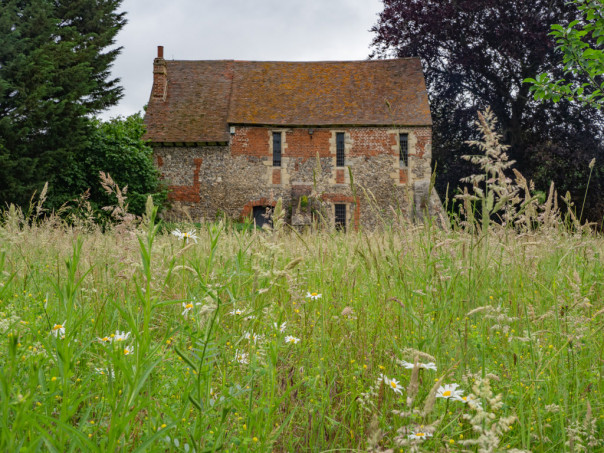
I think the best way is to pick two examples from the four categories to illustrate the links and range of the subjects on offer at the Tudors and Stuarts Weekend that runs from Friday 25 April to Sunday 27th April: https://ckhh.org.uk/tudors-stuarts and to begin I’ll start with ‘Royalty and Nobility’. We will have a range of Tudor and Stuart monarchs during the Weekend, as well as members of their nobility, but for today I’m going to feature a father and son. Thus, we have the first of the Tudor kings where Steven Gunn will examine the court of Henry VII. As he says “Henry VII’s court is often overshadowed by those of his Tudor successors. His great palaces at Richmond and Greenwich are lost and he had no Holbein or Hilliard to paint his courtiers. Yet this lecture will argue that his court was a vital centre of politics, government and cultural change and that we cannot understand his reign without looking at his court.” And Professor Gunn is extremely well placed to provide this assessment having published extensively on Tudor government and the court.
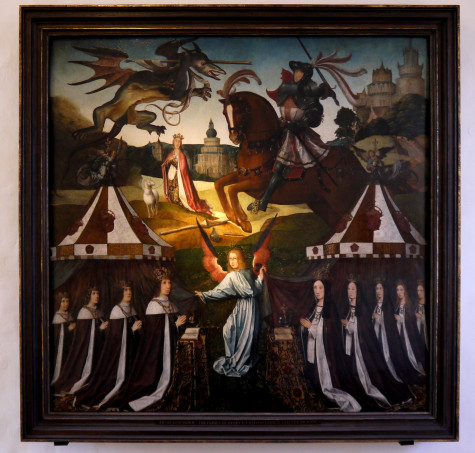
As a way of complementing this presentation on Henry Tudor, Anthony Musson will be investigating an extremely colourful aspect of Henry VIII’s reign – the king’s progresses through the realm. As Professor Musson explains “the role of Henry VIII’s royal progresses was to create networks and connect the royal court with geographically widespread communities.” In his presentation, he will examine the difficulties and drawbacks as well as the positive aspects these royal journeys and how Henry sought to engage with his people. Bringing this forward to the today, Professor Musson will also consider how the present “Henry on Tour” is connecting communities and spreading HRP’s reach in its research remit and public engagement activities – exciting developments!
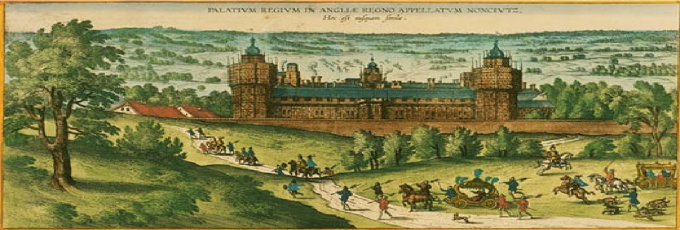
Keeping with Tudor culture and moving into ‘Art, Literature and Religion’, I thought I would feature Christina Faraday’s intriguing topic of exploring the idea of ‘Tudor Liveliness’ in art and what this meant in a wide range of visual and material cultural contexts. For as Dr Faraday says, “In Tudor England, artworks were often described as ‘lively’. Contemporaries used this word about everything from tapestries to paintings, woodcuts to household objects. What did this mean in a culture where naturalism and single point perspective were alien concepts? And in a time of religious upheaval, when the misuse of images might lure the soul to hell, how could liveliness be a good thing?” She will examine this conundrum to offer her discoveries concerning “how artists were able to: make absent things present; render the invisible, visible; and make the dead live.”
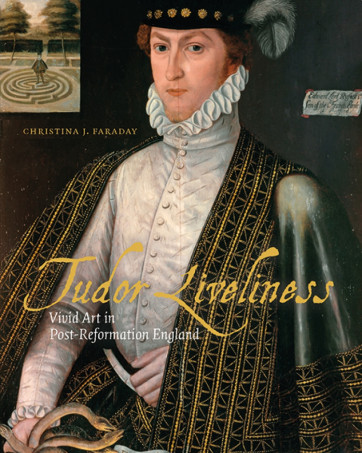
Moving to the Stuarts within this category but offering something different, thereby illustrating the Weekend’s diversity, I thought I would focus on the theatre and Astrid Stilma’s exploration of ‘Tyranny of the Stuart Stage’. Indeed, this can be considered a very ‘hot’ topic of the time because many within society were asking “Who should be king? What makes a ruler legitimate? How does one identify a tyrant? And, once identified, what action – if any – can the people take against tyranny?” In her presentation, Dr Stilma will trace “the figure of the tyrant and the spectre of tyrannicide on the Stuart stage, from the reign of James VI & I to the Restoration.” This will lead on to “an exploration of popular responses to the question of good and bad government, in an age in which once unassailable political institutions could no longer be taken for granted.” Such questions, while directed towards the past might be said to resonant in much more modern times.
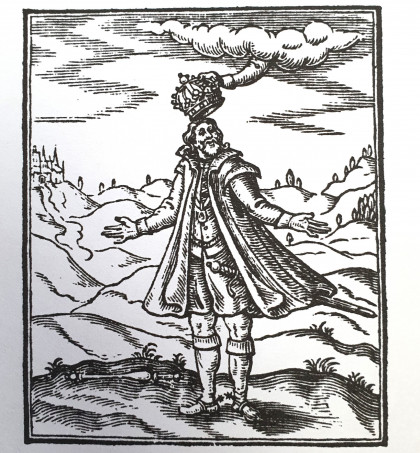
The theme of ‘War and Politics’ might in some ways offer a stark contrast in that I’m featuring what Glenn Richardson considers was “the most important European military encounter of the sixteenth century” because the antagonists were the European ‘heavyweights’ of the kingdom of France under Francis I and the Habsburg Empire of Charles V. In his presentation on the Battle of Pavia he will explain “the reasons for Francis I’s involvement in the Italian Wars and why he besieged Pavia in the autumn of 1524.” He will review “the main phases of the battle on 25 February 1525, its immediate aftermath, and its long-lasting strategic and political importance.”
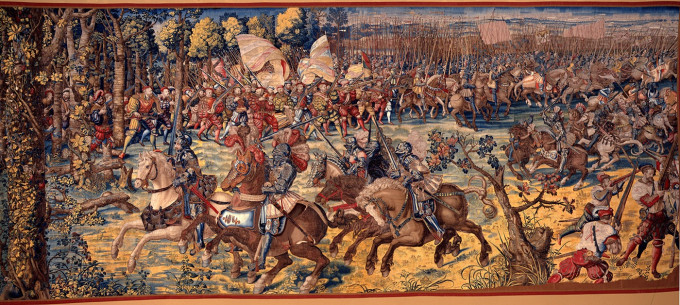
The second takes a different form in that Jackie Eales will examine the lives of women in the English Civil War. She will highlight matters of female agency and activity and how “they petitioned both king and Parliament, defended their homes against plundering armies and undertook dangerous spying missions.” For as Professor Eales will highlight, “from the queen and the aristocracy to the fishwives of London, women were engaged at every level of society in the politics and fighting of the civil wars.”
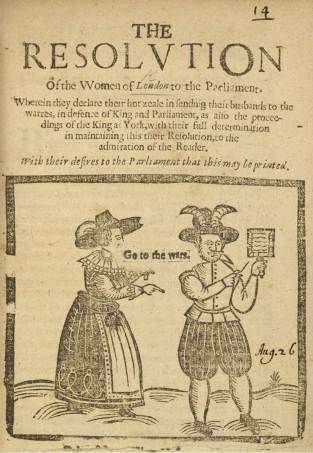
My fourth theme of ‘Social History’ similarly offers a contrast. Thus, we have Clare Jackson’s assessment of the period from the Spanish Armada to the ‘Glorious Revolution’ and one, as she says, “Among foreign observers, seventeenth-century England was known as ‘Devil-Land’: a diabolical country of fallen angels, torn apart by seditious rebellion, religious extremism and royal collapse.” As Professor Jackson says “Devil-Land [her recent book] reveals England as, in many ways, a ‘failed state’: endemically unstable and rocked by devastating events from the Gunpowder Plot to the Great Fire of London. Catastrophe nevertheless bred creativity, and [in this presentation] she makes brilliant use of eyewitness accounts – many penned by stupefied foreigners – to dramatize her great story.” Furthermore, her book will be available both before and after her presentation at the CCCU Bookstall!
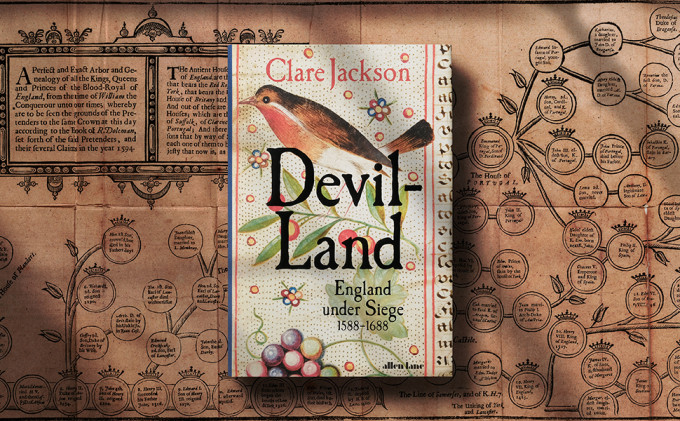
Looking at a similar period but from a very different perspective Chloe Ireton’s presentation on Slavery and Freedom will examine “how West Africans and West-Central Africans and their descendants reckoned with the violent world of Atlantic slavery that they were forced to inhabit, and how they conceptualized two strands of political and legal thought – freedom and slavery – in the early Spanish empire.” As she says, “they discussed ideas about slavery and freedom with Black kin, friends, and associates in the sites where they lived and across vast distances, generating thick spheres of communication in the early modern Atlantic world. Discussions about freedom and its varied meanings moved from place to place through diverse exchanges of information, fractured memories, and knowledge between Black communities and kin across the Atlantic Ocean.” And in recovering these ideas for new audiences, Dr Ireton will offer fascinating insights into this challenging past.
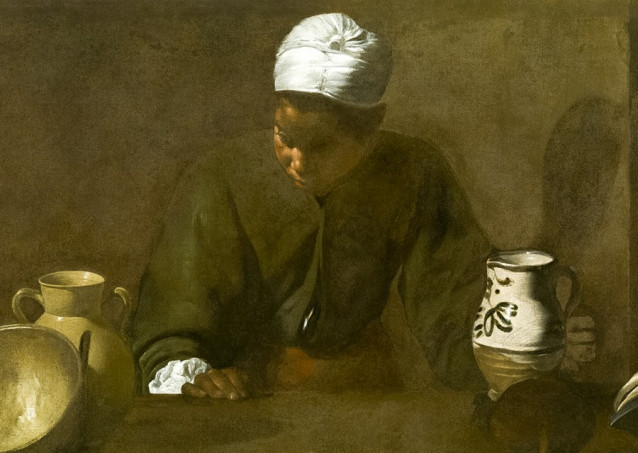
I hope this has whetted your appetite to explore these and our other great presentations and we’ll look forward to welcoming you to Tudors and Stuarts in late April. Not least because the Franciscan Gardens (near to Eastbridge Hospital at 60 St. Peter’s St, CT1 2BE) is offering ticket-holders for the Tudor and Stuarts weekend a discounted £3 entry to the Franciscan Gardens in Canterbury. Garden tickets are valid all day during the History Weekend, allowing visitors to enjoy this peaceful 1.5-acre heritage garden and 800-year-old historic site at their own pace. Visitors must present a valid Tudor & Stuart event ticket to qualify for discounted entry. Dogs on leads welcome. Children under 17 visit for free with a paying adult. See the website for opening times: https://franciscangardens.org.uk/
 Centre for Kent History and Heritage
Centre for Kent History and Heritage Sheila Sweetinburgh
Sheila Sweetinburgh 1654
1654

